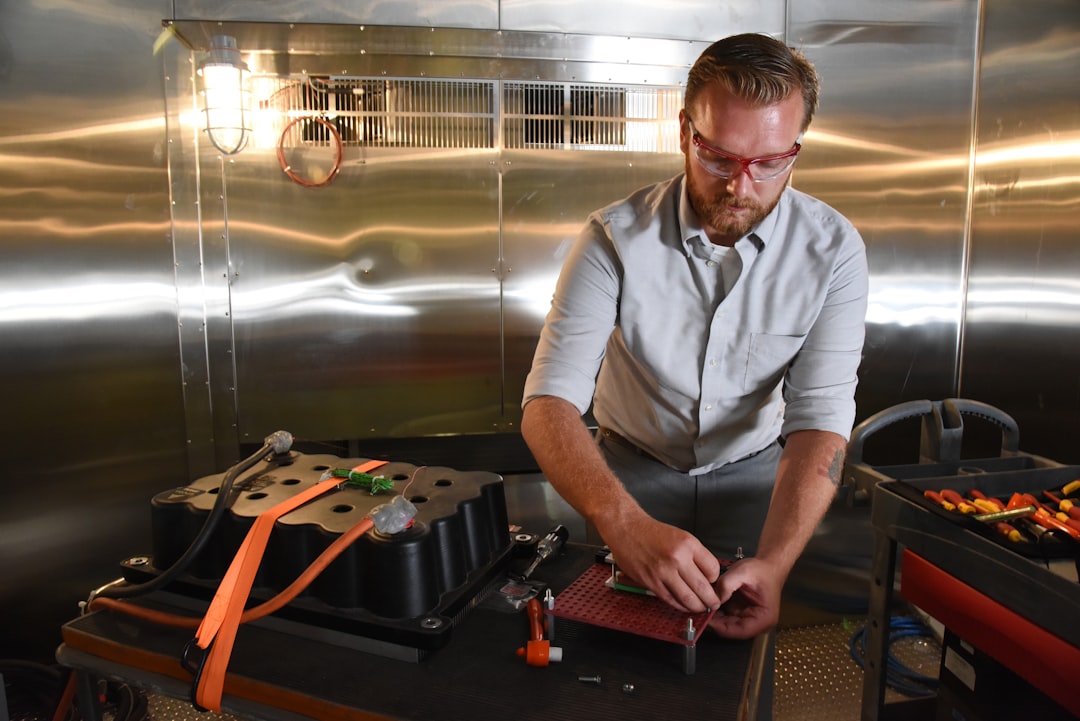What is it about?
Our knowledge of magmatic systems is usually limited to surface observations and geophysical data. Eastern Iceland allows direct access to extinct and eroded deeper magmatic systems. We have shown that diking is the key mechanism for crustal spreading and that , along divergent plate boundaries, magma propagation is mainly sub-vertical at least up to ~1.5 km depth.
Featured Image
Why is it important?
This paper is: 1) innovative, as it allows to improve our knowledge of magmatic systems and related rifting processes through direct observation of the deep eroded portions of a rift (otherwise accessible from the surface). It also highlights the fundamental role of magma, in the form of diking, in the opening of divergent plate boundaries; 2) timely, as recent rifting episodes (Dabbahu 2005-2010, Bardarbunga 2014-2015) renewed and enriched the scientific debate on how magma is transferred and extruded along divergent plate boundaries, suggesting the importance of lateral dike propagation. 3) of interest to a broad audience, because even though referring to Iceland, it contains data which may be potentially applicable to any other magmatic divergent plate boundary.
Read the Original
This page is a summary of: Anatomy of an extinct magmatic system along a divergent plate boundary: Alftafjordur, Iceland, Geophysical Research Letters, August 2015, American Geophysical Union (AGU),
DOI: 10.1002/2015gl065087.
You can read the full text:
Contributors
The following have contributed to this page










